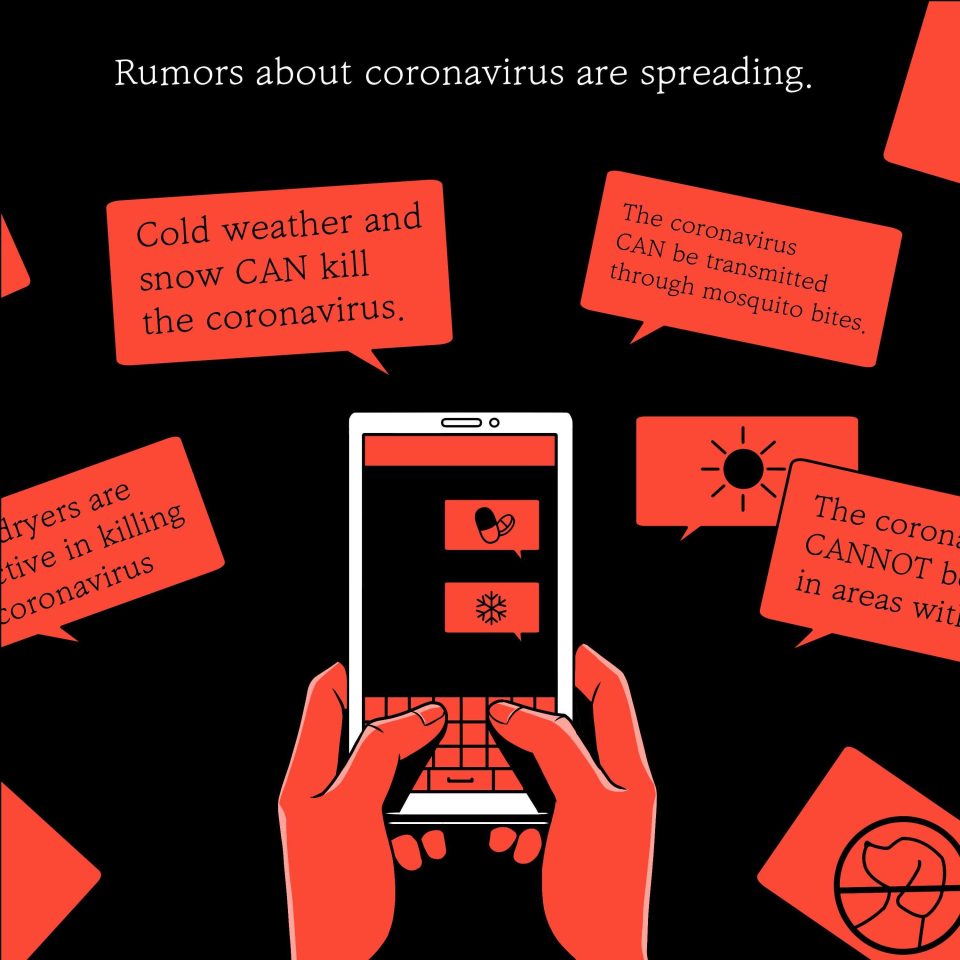Subscribe for more!
Subscribe to our newsletter for insights and articles on wide ranging issues including reputation management, branding, advertising, awareness, advocacy, and communications. You can unsubscribe anytime.
Follow us on social:
Social media has created an easier way for conspiracy theories and misinformation to spread among the abundance of COVID-19 information out there these days. How you navigate that and what it means for your communications is the challenge.

The abundance of COVID-19 information shared can be overwhelming. It can be difficult to distinguish fact from fiction. Social media has created an easier way for conspiracy theories and misinformation to spread. Particularly when well known or influential people buy into the story.
During this pandemic, the idea that 5G networks are causing the coronavirus became popularized. Even some doctors (using flawed science), came out saying they could be linked. Why do people believe such falsities even when science does not back them up? Because people trust the source, or because there is a lack of easy-to-understand information from trusted sources available.
It is not only up to the government and social networks to monitor the Internet. Organizations, professions and sectors must do their part in ensuring accurate information is being shared widely, and in easy to consume ways. That is why it is important to ensure that the public has trust in your organization and the information you are sharing with them. This not only builds credibility with your followers, but also among political stakeholders.

To have a meaningful impact amongst the public and key stakeholders, it is necessary for organizations to take the time to develop and build trust with their audiences. While this should be a key objective of any organization, and those who have been focusing on this will be in a better position today, there is no time like the present to work this into your communications strategy.
To accomplish this, create a familiarity with key audiences by posting content frequently and sharing information from reputable experts in your field on relevant topics. Once trust has been earned it is crucial that it is maintained. As the saying goes, trust takes years to build, but seconds to lose. Continue this trust by providing a steady stream of clear, accurate, easy to understand information backed up by reputable sources.
By taking these steps, you are contributing something valuable and accurate to the public conversation, while also positioning your organization as a thought leader. Audiences will then know they can turn to you for reliable information on particular topics, whether that’s politicians, regulators, the media, voters, or your customers.